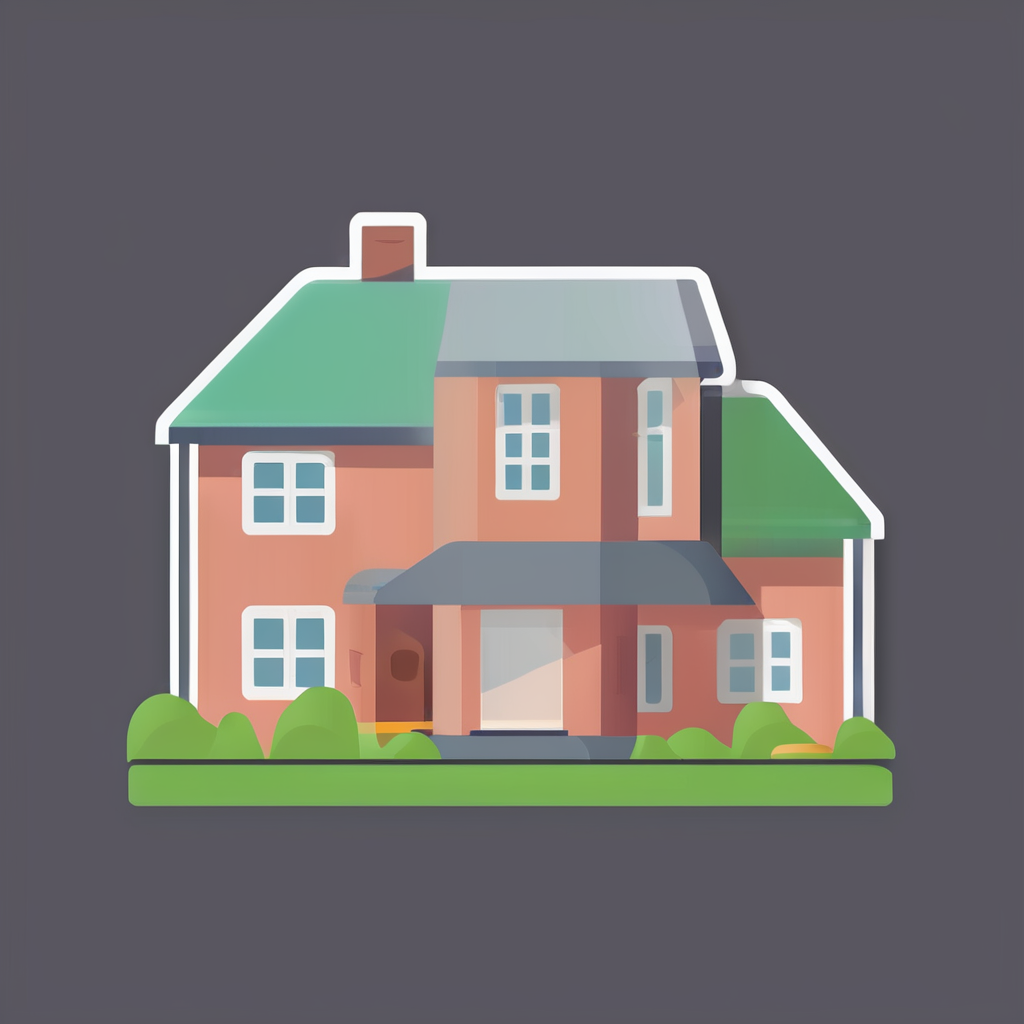Evolving Definitions of Home in the UK
Understanding what home means in the UK involves both legal definitions and personal interpretations. Legally, a home is often seen as the primary residence where an individual has established a degree of permanence and intention to reside. This may include owning, renting, or having significant ties to the property. However, the redefining home conversation extends beyond formal frameworks, embracing emotional resonance and social identity.
Cultural diversity plays a pivotal role in the shifting definitions of home across the UK. For many, home represents a blend of traditions, languages, and practices brought by different communities. This fusion challenges traditional, often singular views of home by incorporating multiple cultural elements that shape a person’s sense of belonging.
Have you seen this : How Can UK Residents Transform Their Home Environment for Better Well-being?
Emotionally, the concept of home is increasingly fluid. Factors such as mobility, technology, and evolving family structures mean that home is no longer confined to a fixed location. Societal changes encourage a broader, more inclusive understanding of home, emphasizing comfort, safety, and community connection over mere physical address. In sum, the home meaning UK is a dynamic concept, continually shaped by legal, cultural, and emotional forces reflecting the country’s rich and varied experiences.
Addressing the Housing Crisis and Its Impact on Home
Understanding the UK’s housing challenges and evolving living situations
Also to read : How Can Interior Lighting Transform Your Home Workspace?
The UK housing crisis has markedly reshaped how many define “home.” With soaring property prices and limited availability, traditional homeownership often feels out of reach. This forces people to reconsider what home means beyond ownership.
Rising costs and competition have driven many toward renting or alternative options like shared ownership. Renting now represents a growing share of housing tenure, reflecting those who prioritize flexibility or cannot afford mortgages. Meanwhile, shared ownership schemes offer a middle ground, helping people access property with lower upfront costs.
Such shifts influence personal and societal perceptions of stability. A home is no longer solely about ownership; it’s about security, community, and a place to belong. However, housing instability impacts mental health and community cohesion, stressing the need for effective housing solutions.
Addressing this crisis calls for innovative approaches, including increased affordable housing UK initiatives and support for diverse housing models. Recognizing these trends helps policy makers and individuals navigate and redefine what “home” means in today’s challenging landscape.
Innovative Housing Models and Community Living
Modern housing UK is evolving rapidly, with co-housing and other alternative housing models gaining traction. These approaches focus on blending private living spaces with communal areas, promoting social interaction and shared resources. Co-housing communities typically feature private homes clustered around shared gardens, kitchens, or recreational spaces, fostering a strong sense of community living UK residents increasingly value.
Modular homes are a key part of modern housing UK innovation. Built off-site and assembled quickly, these homes reduce construction times and waste. When combined with eco-friendly designs—such as solar panels, green roofs, and sustainable materials—they offer affordable, environmentally conscious alternatives.
Successful community living projects illustrate the potential of these models. For instance, some UK co-housing estates have revitalized urban areas by encouraging neighbourly support and cooperation. These projects demonstrate scalability, showing promise for wider adoption in both rural and urban settings.
The adaptability of alternative housing models makes them highly relevant as the UK faces increasing demand for affordable, sustainable homes. Their blend of social and environmental benefits positions them as leading solutions in the evolution of modern housing UK. Exploring these options can inspire new developments tailored to diverse community needs, creating more resilient and connected neighbourhoods.
Cultural Diversity and Its Influence on Home
The multicultural UK landscape redefines how we perceive home. With an ever-growing variety of cultural backgrounds, diversity in housing reflects more than just architectural styles—it embodies unique values and traditions linked to residence. Immigrant experiences deeply influence these interpretations, as diaspora populations bring preferences shaped by distinct lifestyles.
Migration affects housing choices, from the preference for multi-generational living spaces to communal areas fostering social bonds. For example, families from cultures emphasizing extended kin often seek homes accommodating multiple generations under one roof. Such needs challenge conventional UK housing designs aimed at nuclear families.
Creating inclusive definitions of home requires understanding these diverse experiences. It means acknowledging that home is not solely a physical structure but a cultural and emotional space. By fostering inclusive environments, communities can support a sense of belonging for all residents. This approach encourages architects, planners, and policymakers to consider cultural nuances when designing and allocating housing.
Embracing multicultural influences enables more responsive and empathetic housing solutions. It also nurtures social cohesion by recognizing and valuing immigrant experiences within the shared concept of home. Ultimately, inclusive definitions of home strengthen the societal fabric of the multicultural UK.
Thought Leaders and Case Studies Shaping the Future
Innovators across the UK are actively redefining the future of home UK through expert opinions that blend architecture, social innovation, and housing research. Thought leadership in this field emphasizes more than just physical structures; it explores how homes can foster community and adaptability in changing times. Housing researchers stress the importance of sustainability and accessibility as foundations for future living spaces.
Notable case studies UK housing provide practical insights into these evolving concepts. For example, collaborative housing projects demonstrate how shared spaces can enhance social wellbeing while reducing environmental impact. These models challenge traditional views and offer scalable solutions for urban and rural areas alike.
Policy suggestions from thought leaders advocate for inclusive strategies ensuring housing affordability without sacrificing quality. This involves engaging with diverse stakeholders to create frameworks that balance economic pressures with social needs. Experts underscore the necessity of flexible designs that accommodate changing demographics and lifestyles.
By drawing on these perspectives, the UK housing sector is positioned to implement innovative approaches that address current challenges and anticipate future demands. For those interested in exploring detailed case studies and expert insights, the comprehensive article here provides an excellent resource. Embracing these ideas today shapes a more resilient and inclusive housing future for all.
Understanding the Precision and Recall Metrics in SQuAD Evaluation
Precision and recall are fundamental metrics used to evaluate the performance of models on the Stanford Question Answering Dataset (SQuAD). Precision measures the accuracy of the model’s answers by calculating the proportion of tokens in the predicted answer that are also in the correct answer. It is mathematically expressed as tp / (tp + fp), where tp (true positives) indicates tokens shared between prediction and ground truth, and fp (false positives) counts tokens present in the prediction but not in the correct answer.
Recall, on the other hand, gauges completeness, measuring the proportion of tokens in the correct answer that appear in the prediction. The recall formula is tp / (tp + fn), where fn (false negatives) refers to tokens in the correct answer missed by the prediction.
Together, these metrics reveal the balance between exactness and coverage in the model’s performance. High precision with low recall suggests overly conservative predictions, while high recall with low precision indicates verbose or inaccurate answers. Understanding these nuances in precision and recall helps developers fine-tune models to achieve optimal results on the SQuAD dataset, ensuring responses are both relevant and comprehensive.






